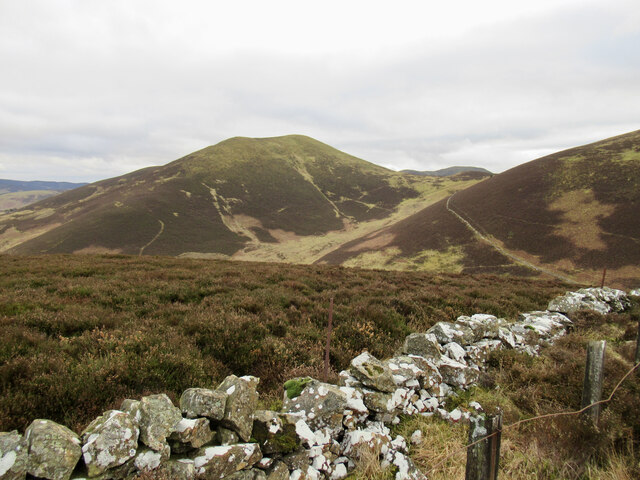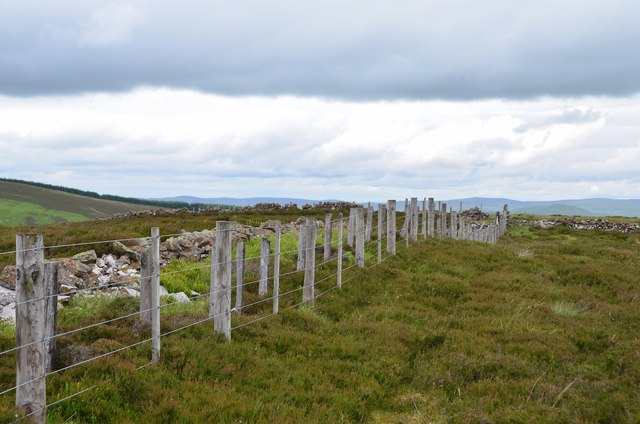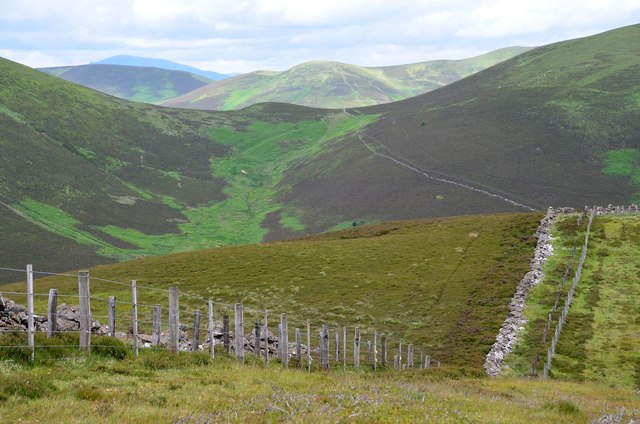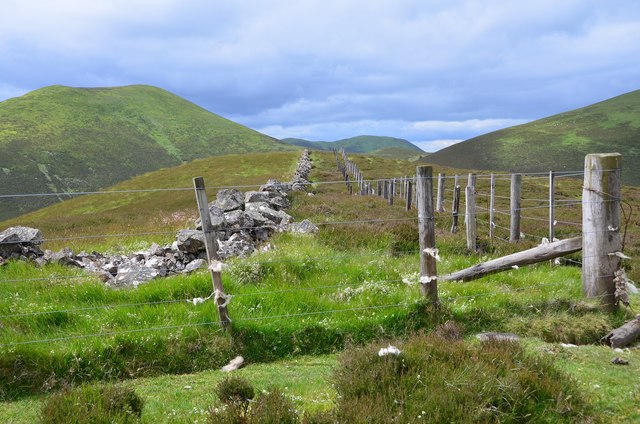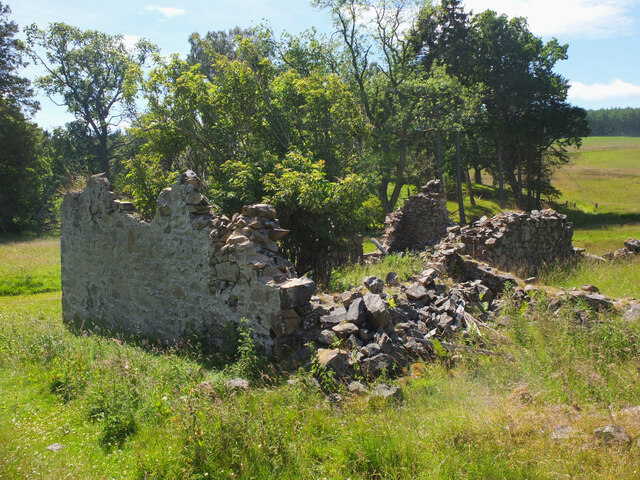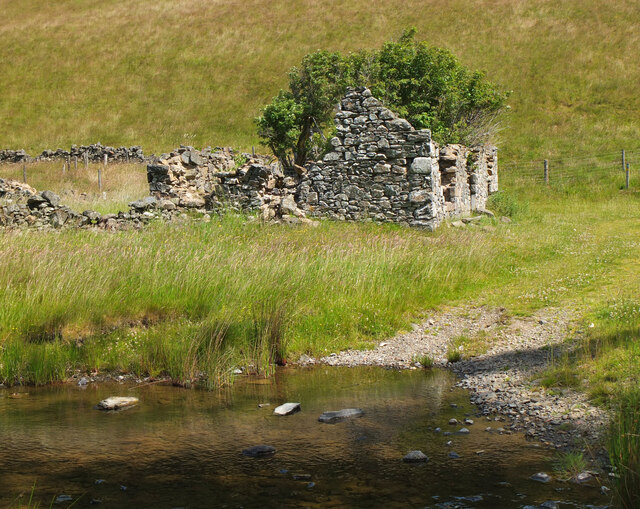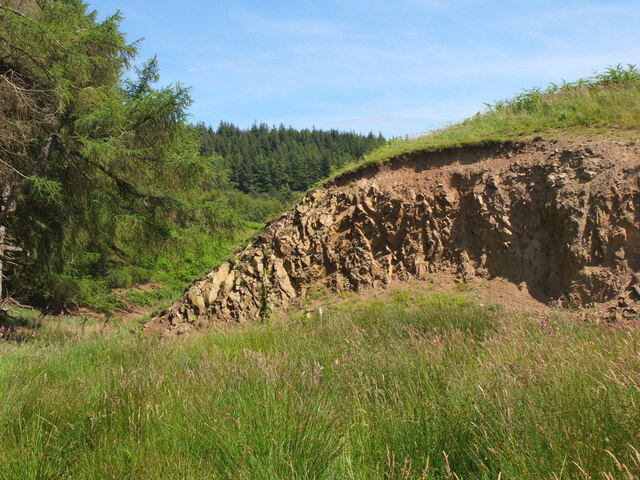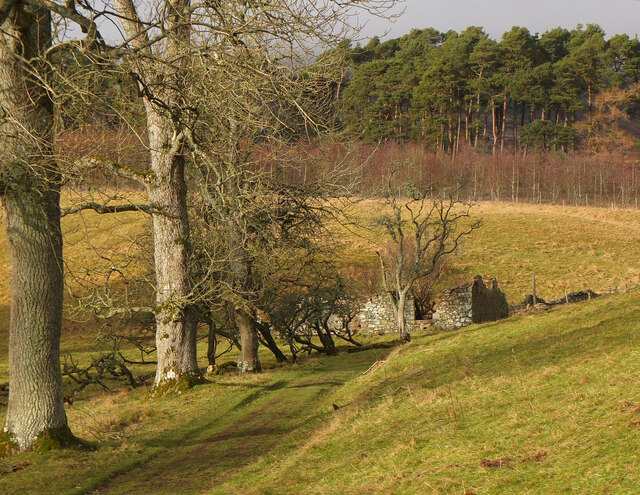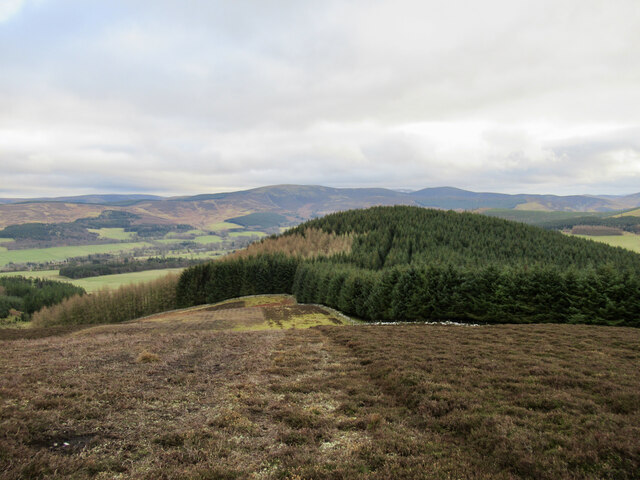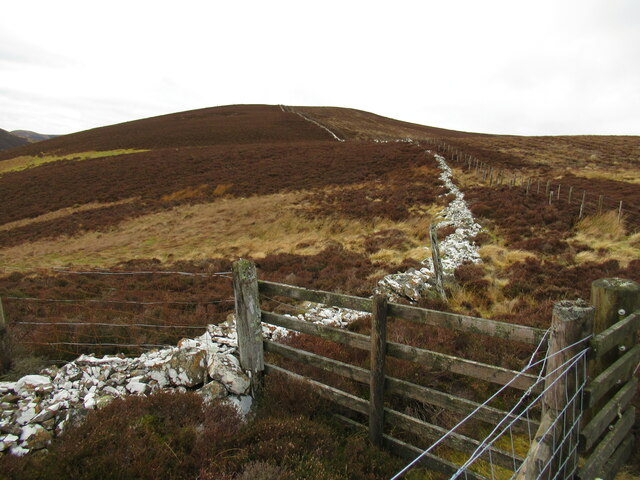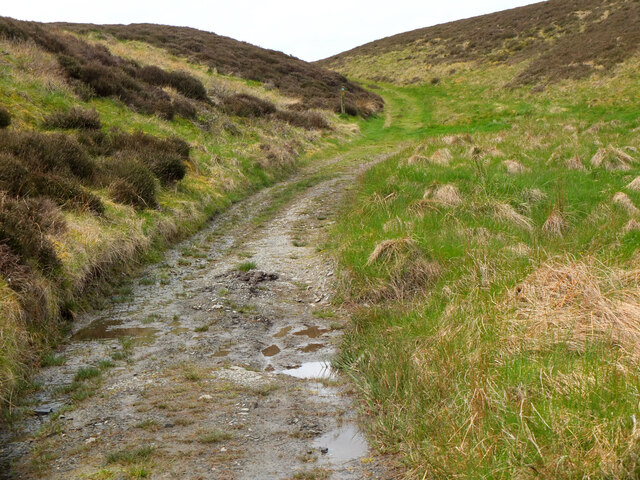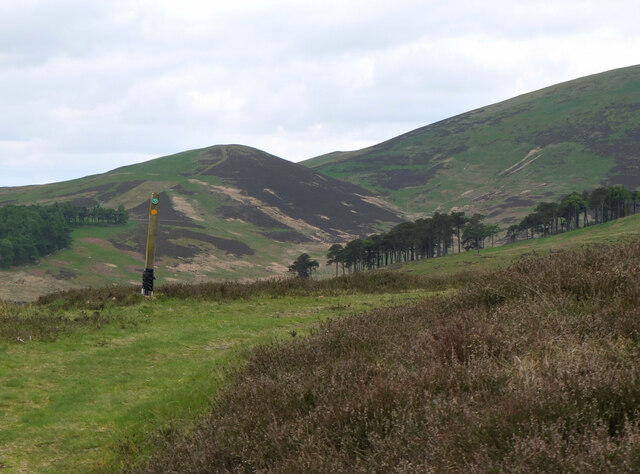Long Cleuch
Valley in Peeblesshire
Scotland
Long Cleuch
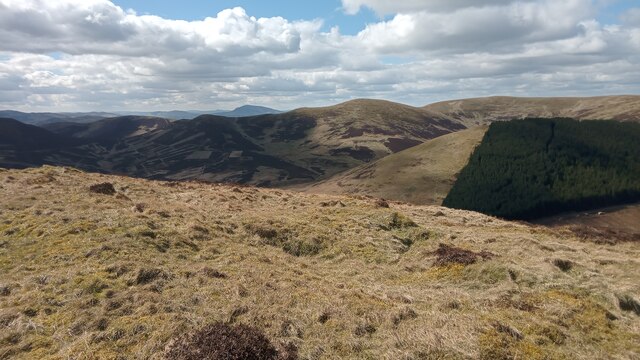
Long Cleuch is a picturesque valley located in the historical county of Peeblesshire, Scotland. Nestled amidst the breathtaking Scottish Borders, this valley is renowned for its natural beauty and tranquil atmosphere. The valley stretches for approximately 9 miles, offering visitors a serene escape from the hustle and bustle of everyday life.
Surrounded by rolling hills and lush greenery, Long Cleuch is a haven for nature enthusiasts and outdoor adventurers. The valley is dotted with charming walking trails, affording visitors the opportunity to explore its idyllic landscapes. The crystal-clear waters of the Cleuch Burn flow gently through the valley, adding to its charm and providing a soothing ambiance.
Long Cleuch boasts a diverse range of flora and fauna, making it a paradise for wildlife lovers. The valley is home to a variety of bird species, including buzzards, kestrels, and owls, which can be spotted soaring above the treetops. Additionally, visitors may be lucky enough to catch a glimpse of red squirrels or deer as they roam freely through the valley.
Historically, Long Cleuch has played a significant role in the local community. The valley was once known for its farming and agriculture, with traditional methods of cultivation being practiced for generations. Today, remnants of this rural heritage can still be found, adding to the valley's charm and character.
Overall, Long Cleuch is a hidden gem in Peeblesshire, offering visitors a chance to reconnect with nature and experience the tranquility of the Scottish countryside. Whether it's a leisurely stroll along the walking trails or simply taking in the breathtaking vistas, Long Cleuch is a must-visit destination for those seeking a peaceful retreat in Scotland.
If you have any feedback on the listing, please let us know in the comments section below.
Long Cleuch Images
Images are sourced within 2km of 55.644138/-3.3325073 or Grid Reference NT1639. Thanks to Geograph Open Source API. All images are credited.

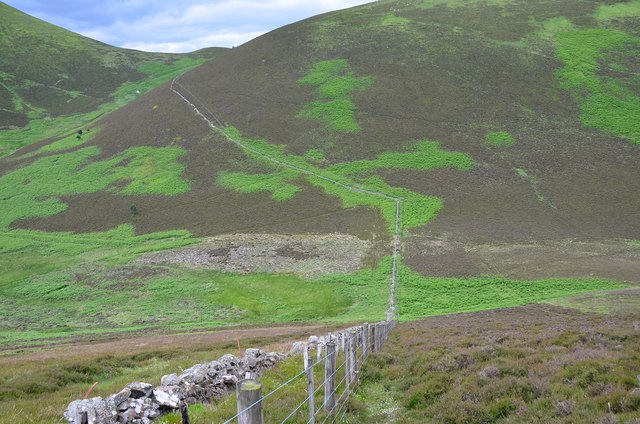

Long Cleuch is located at Grid Ref: NT1639 (Lat: 55.644138, Lng: -3.3325073)
Unitary Authority: The Scottish Borders
Police Authority: The Lothians and Scottish Borders
What 3 Words
///manages.clouds.broached. Near Peebles, Scottish Borders
Nearby Locations
Related Wikis
Battle of Happrew
The Battle of Happrew was a skirmish which took place around 20 February 1304, during the First War of Scottish Independence. A chevauchée of English knights...
Stobo Kirk
Stobo Kirk is an ancient church of the Church of Scotland. It is dedicated to St Mungo and is situated near the B712 off the A72 just 6 miles south-west...
Lyne Kirk
Lyne Kirk is an ancient and historic kirk or church, of the Church of Scotland. It is situated on top of a mound adjacent to the A72 trunk route 4.5 miles...
Tarth Water
The Tarth Water is a river in Peebleshire, in the Scottish Borders. It forms part of the River Tweed system. The river with a total length of 7.1 miles...
Nearby Amenities
Located within 500m of 55.644138,-3.3325073Have you been to Long Cleuch?
Leave your review of Long Cleuch below (or comments, questions and feedback).
